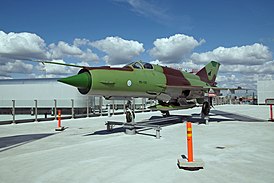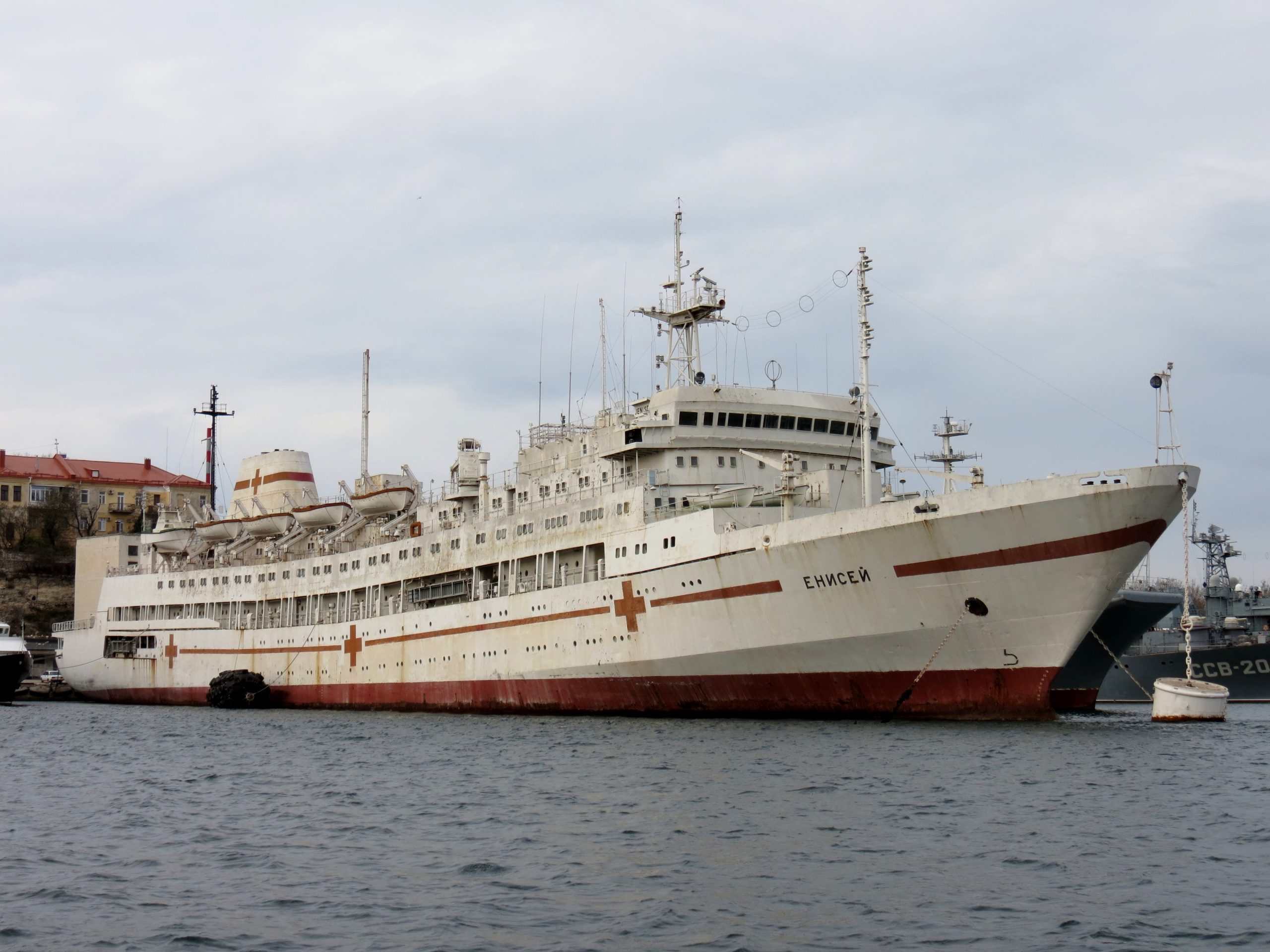
Yayi Kfir and his service in Hel HaAvir
Kfir S-7 with tail number 555, bearing the proper name "Sabtai" (Saturn), referring to the 144th number. The vehicle carries air-to-air Rafael Python 3 short-range guided missiles overhead.
The main reason for the creation of IAI Kfir combat aircraft was Israel's desire to become at least partially independent in the supply of aviation equipment from abroad. The embargo on the export of arms to Israel, adopted by the French and American authorities after the end of the Six-Day War in 1967, had a very negative impact on the level of combat readiness of Hel HaAvir (Israeli Air Force).
France, long-term main supplier of advanced weapons, primarily aircraft and helicopters (Ouragan, Magister, Mystére, Vautour, Super Mystére, Mirage III, Noratlas, Alouette II, Super Frelon), and to a lesser extent combat vehicles (AMX-13 light tanks ), she never officially lifted the embargo, so the Dassault Mirage 1967J aircraft ordered before the 5 war, despite the fact that they were paid for, never reached Israel. It is true that the launch of IAI Neszer aircraft, developed jointly with Mirage, would not have been possible without extensive cooperation with Dassault, but it should be remembered that this was a private organization and everything was done under conditions of strict confidentiality. The US administration lifted the embargo at the end of 1967, allowing the supply of McDonnel Douglas A-4H Skyhawk attack aircraft to begin. This, however, solved the problem only in the category of close support vehicles, in which the Skyhawks took over the tasks previously performed by aircraft of French origin - the Mister IV and, above all, the ancient Hurricanes. However, this did not improve the situation in the category of multi-purpose vehicles used both for strikes against land and sea targets, and for air defense of the country, where the fleet of dominant Mirage IIICJs had significantly thinned after the war. True, in the United States it was possible to purchase very modern McDonnell Douglas F-4E Phantom II aircraft at that time, but in Israel it was not supposed to rely solely on importing aircraft from abroad (which is always difficult both for political and financial reasons) and It was decided to balance purchases in the US also through the supply of products from the company's own aviation industry.
In October 1967, a new Department of Aviation Projects was created in the Israeli Ministry of Defense, the main task of which was to reach an agreement with Dassault to obtain the rights to license production of Mirage 5J aircraft in Israel. In December 1967, representatives from the Ministry of Defense, Hel HaAvir, and the Israeli Aircraft Industry (IAI) met with Dassault management for this purpose. The negotiations resulted in the signing of an agreement between IAI and Dassault to start licensed production of Mirage 5 aircraft in Israel, which was supposed to cost 74 million French francs (about 15 million US dollars at the then exchange rate). Although the French government in June 1968 officially prohibited Dassault from selling a license to produce 50 Mirage 5J in Israel, the French company - as a completely private company - did not feel obliged to comply with the embargo in this regard and continued to cooperate. , although it has been a mystery ever since.
In August 1968, Ben-Ami Gow, head of the aircraft design department, submitted a five-year plan for the production of aircraft in Israel to the Ministry of Defense. The name Ram (Hebrew: Grom) was chosen for it, which was originally intended for a licensed Mirage 5J aircraft.
Gallery
[cyclone slider id=»slider1″]
